Este post também está disponível em:
Português
English
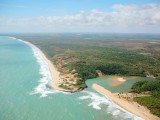
Barra de Camaratuba is the wilder version of Paraíba.
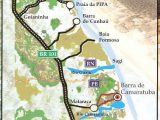
Located in the municipality of Mataraca, 110 km from João Pessoa and very close to the border with Rio Grande do Norte, this fishing village is considered the last district of the northern coast of the state and boasts attractions such as beaches with a strip of sand that marks the boundaries between the sea and the river, walks through lagoons, trails inside a mangrove and visits to indigenous communities.
The beach, which has high tide and “brava”, is known for having one of the best peaks for surfing and kitesurfing in Paraiba. The place has hosted several national sports championships and offers classes to visitors.
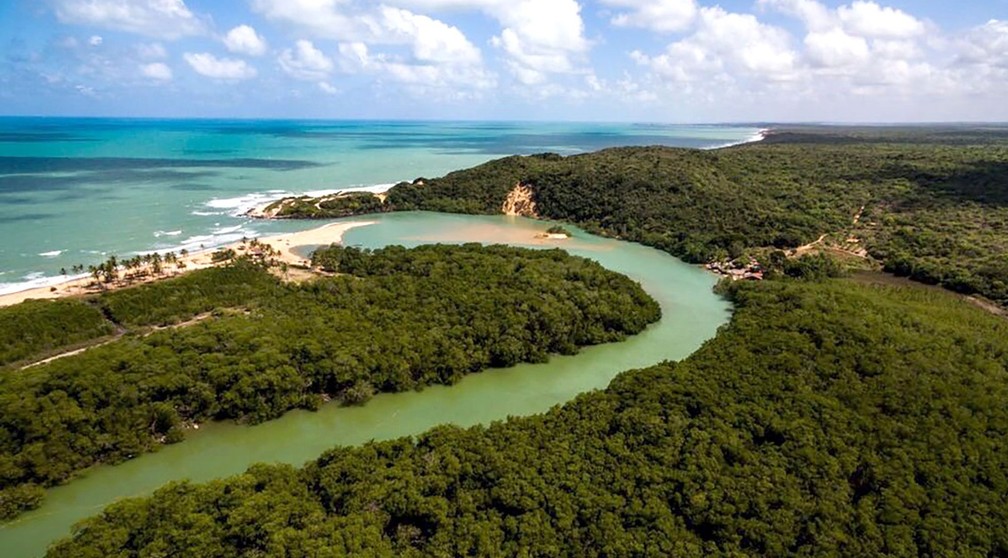
Camaratuba has quietly entered the list of unusual destinations on the Paraiba coast and has as one of its best-known activities the Crab Trail, a 40-minute walk through the interior of the local mangrove that takes the visitor to know the habitat of the uçá crab in a project headed by a local NGO dedicated to the preservation of this typical crustacean of the region.
The trail starts innocently enough in a shallow, sandy arm of a mangrove swamp, whose scenery of closed forest and twisted tree trunks swallowed by the dark waters guarantee the surreal tone of the mangrove walk.
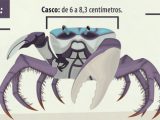
See the map of the beaches of Paraíba
In those narrow channels, the visitor only discovers the next landscape at the next bend, when the tide level already reaches the visitor’s waist.
The traveler then follows the trail on spaghetti-shaped buoys that will serve as floating support until the end of the itinerary.
Video about Barra de Camaratuba in Paraíba
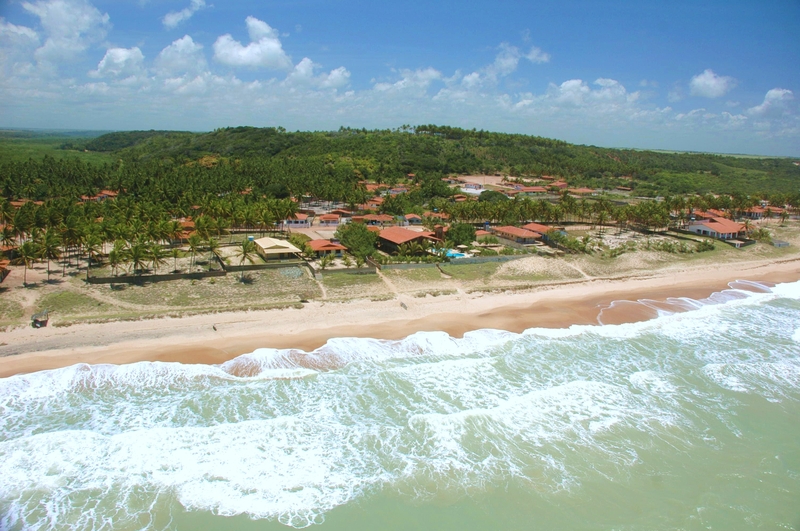

Barra de Camaratuba na Paraíba - Reportagem
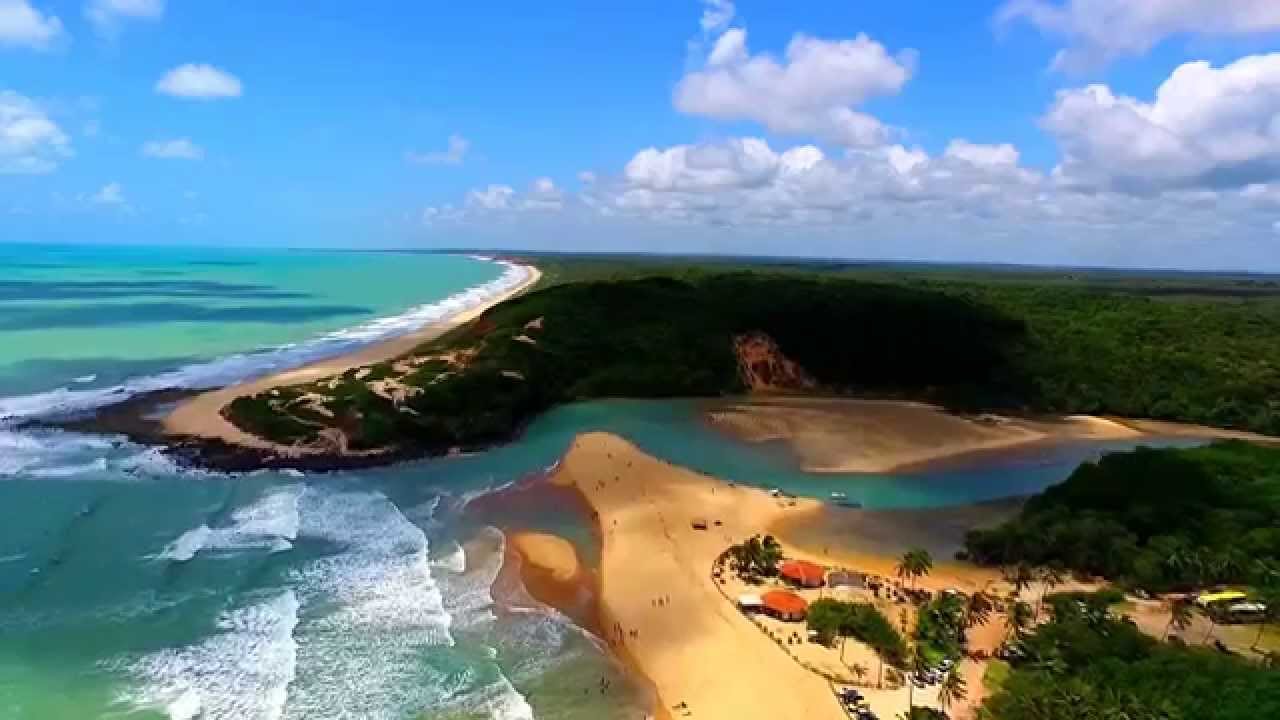
Barra de Camaratuba - Drone

Barra de Camaratuba - Guia de Turismo05:27
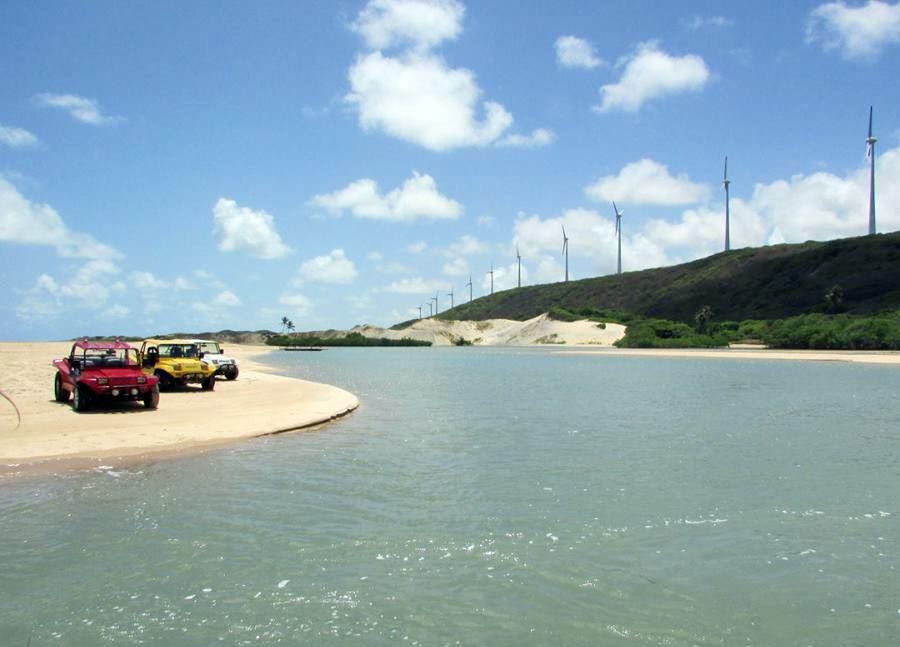
Município de Camaratuba PB06:40
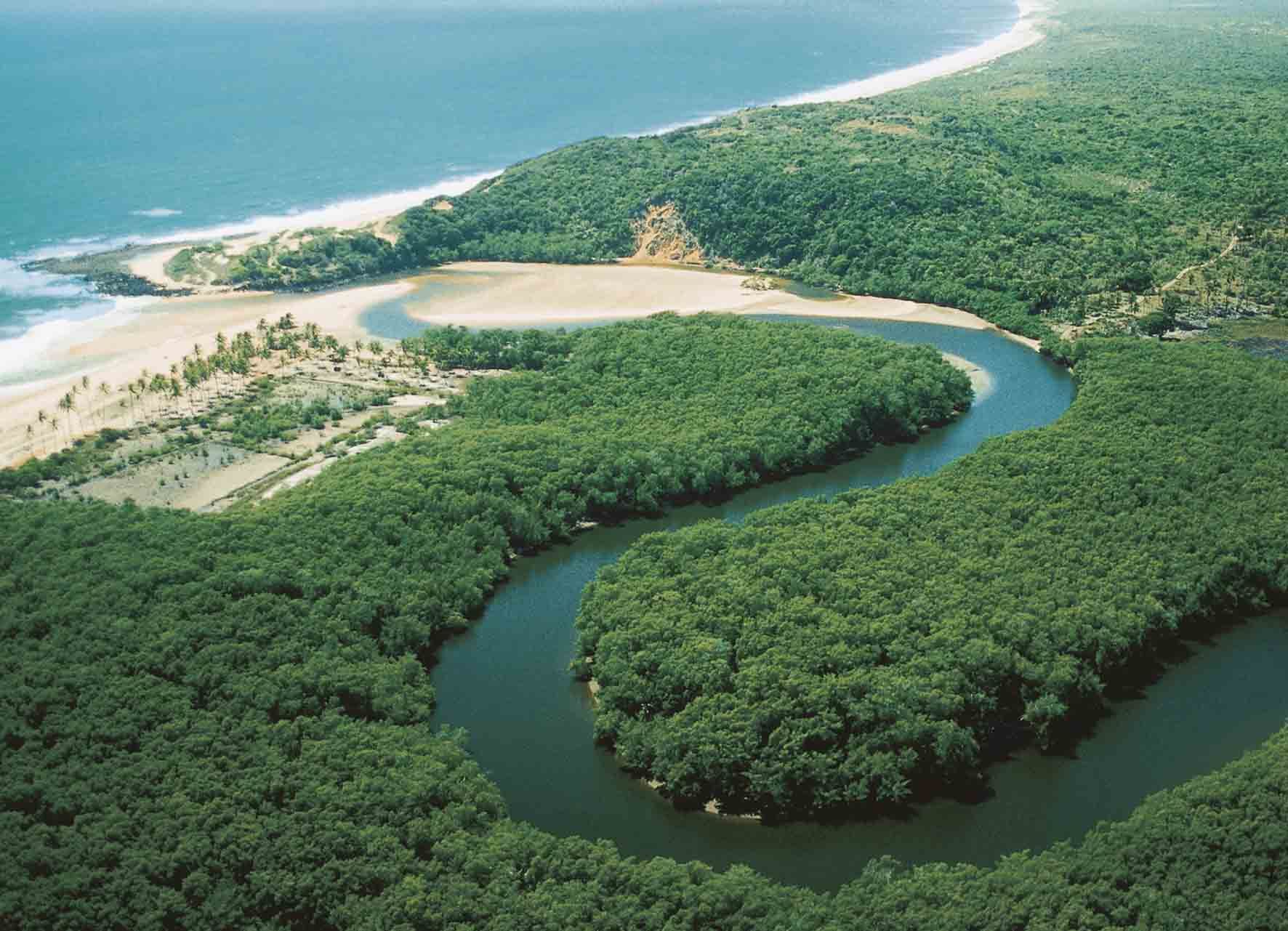
BARRA DE CAMARATUBA, PRAIA DA PAVUNA E DO GUAJU09:22
While those colorful bits floating between visitors’ legs and arms serve as direction, the soul goes as far as that confusing tangle of twisted roots.
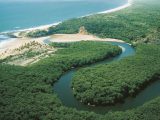
The route soon changes scenery and, further on, the mangrove opens up between the wide banks of the Camaratuba River, where the river trip continues to Boca da Barra, a strip of sand that separates the river from the sea.
On the way it is possible to stop at a small indigenous community that lives on the banks of the river and welcomes visitors with handicrafts and a few examples of their vegetable fiber dwellings.
This is one of the twenty-four villages that form the reserve of the Potiguara Indians, a preserved area with twelve thousand Indians living along 14 km of beaches.
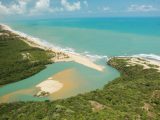
Barra de Camaratuba is home to one of the last wild beaches in the whole of northeastern Brazil and its long stretches of sand are another local attraction.
Crossings between the sea and the river can be made in wooden boats driven by the Indians themselves.
The region’s beaches are only inviting for swimming at low tide, but they are used for surfing and kitesurfing due to the intense winds that arrive there between March and October.
For those with an ecological spirit, but not in the mood to get involved in mangroves or swim in rough seas, Camaratuba also has trails through the forest to the beautiful Lagoa Encantada.
This lagoon, nicknamed by the local Indians, is formed by a spring of crystal clear water and can be visited from two trails: the one that follows the deserted beach of cliffs (4 km long) or the walk through the forest, a walk of just over three kilometers in length.
Whether through the mangroves or along the coast, visitors are guaranteed to visit a region that has not yet been invaded by the popularization of mass tourism that has altered the calm of the northeastern coast in recent decades.
Certain experiences in Paraíba are accompanied by the silence orchestrated by the wild nature that welcomes more adventurous travelers in the extreme north of the Paraíba coast.
Municipality of Camaratuba
Those who visit the municipality should not fail to check out the Mother Church of Bom Jesus, take a walk along the Camaratuba River, take a bath in the Lagoa Encantada (a crystal clear water mirror surrounded by mangaba trees) and visit the Parque Ecológico do Caranguejo Uçá (a project of the municipality with the Federal University of Paraíba, Municipal, State and Federal Governments and private initiative).
You can not fail to visit also one of the most beautiful beaches of the north coast of Paraíba, Barra de Camaratuba. Approximately 11 km from the city, it has cozy inns and an idyllic landscape, as well as a wonderful bath at the mouth of the Camaratuba River.
History
Tourism and Travel Guide of Barra de Camaratuba in Paraíba



















